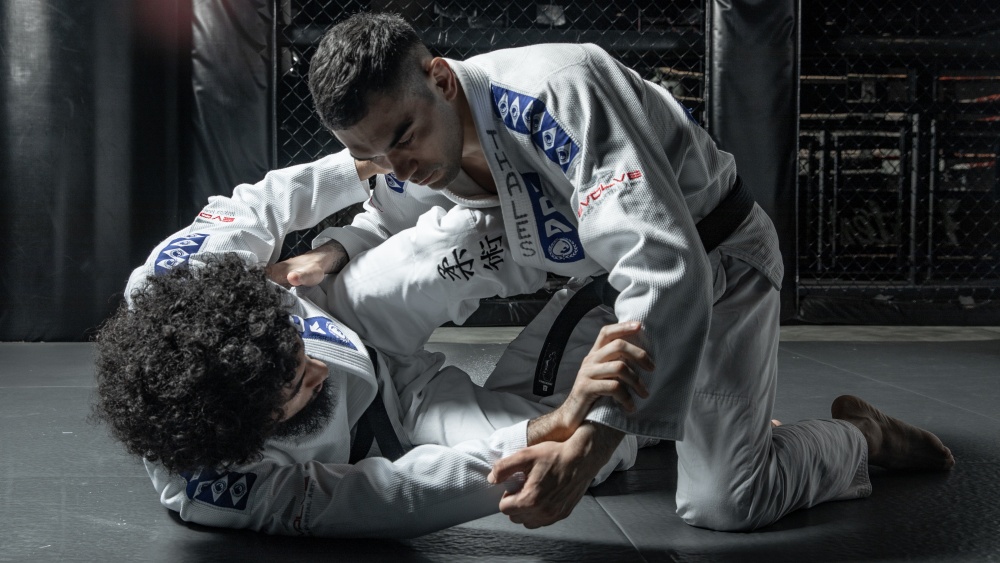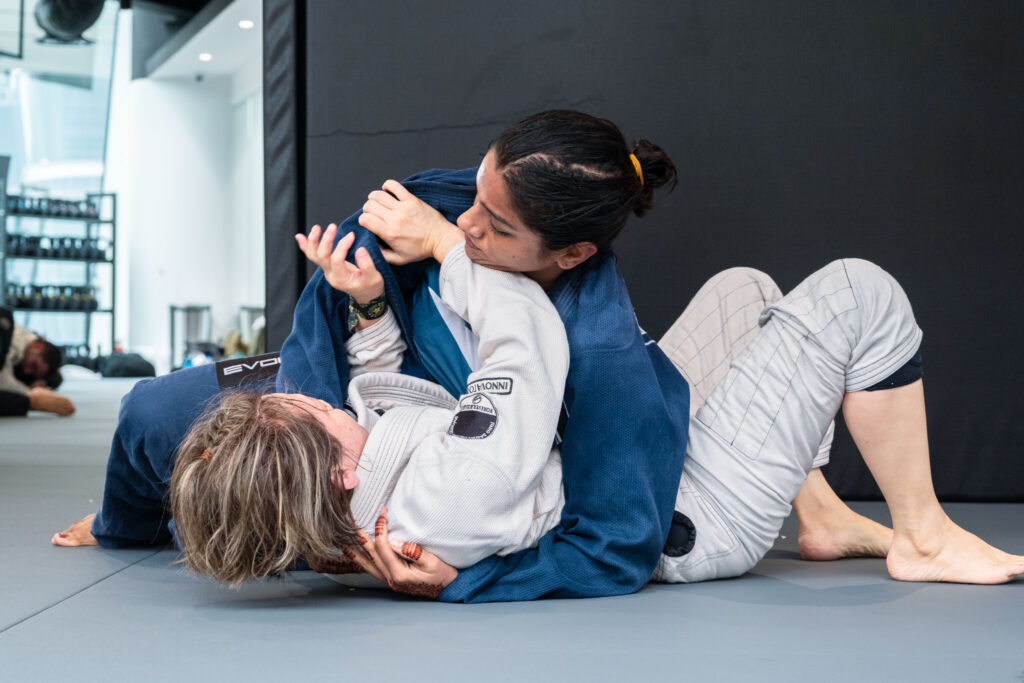Learning Brazilian Jiu-Jitsu is not just about attacking with chokes and armlocks. Many techniques and concepts come into play, most of which include small movements that may not be obvious to non-practitioners.
One of the most important ones is the concept of framing to manage space. Framing is a key component that all strong practitioners should learn, as it makes your attacks and defenses easier to pull off. Today, we’ll discuss framing and how it makes you a better grappler.
Concepts Over Techniques
BJJ is a skill encompassing movements to initiate one’s offense or defense. Regardless of what you want to accomplish during a specific duration, you must follow a set of concepts that will lead you to your preferred position. Once you’re there, you can then proceed to use techniques to submit or defend against opponents.
Concepts are extremely important in all stages of your BJJ study as they are considered universal truths. An example of this is the value of using your body position to deter attacks and create space.
Framing is one of those essential concepts because understanding that you can use your skeletal structure to efficiently block a fully resisting opponent is invaluable. Jiu-Jitsu is a game of inches; even the slightest advantage can determine victory or defeat. Using your body efficiently becomes especially crucial once you get up there in age, as hanging with younger and more athletic training partners gets more difficult.
Structures And Frames
In this video, Fabricio Werdum black belt, Gustavo Gasperin, shares the basics of building frames and structure. The primary purpose of the video is to educate would-be grapplers and beginning grapplers on the value of using your body structure to manage space.
This is an extremely valuable lesson because relying on frames and structure will help you be efficient with your energy, especially when you roll hard rounds in the gym. Most beginners tend to rely on sheer athleticism to muscle out of positions. This is a big no-no, as you’ll gas out quickly.
Professor Gustavo discussed a couple of everyday situations to drive his point. The first example he showed is when defending the double under stack pass. He said that a good way to use frames, in this case, is to simply post your arms against your leg, letting your elbows touch the mat. Your forearms serve as an extra layer to prevent your opponent from stacking you. This approach is easy enough to execute and will be a good trick against your bigger and stronger training partners.
His following example is to use frames and structure against the schoolyard headlock. In the event your opponent pulls backward with your head, you can use your knee and block against their back to prevent them from pulling back. Again, the concept of using your limbs to take up space comes into play.
The third example in the video talks about using frames to block the crossface. Assuming you are stuck in bottom side control, instead of using your arm to track the crossfacing arm, you can place your hand on your head and use your forearm as a blocking point, thus nullifying the crossface attempt.
The fourth example is when you are in top reverse kesa gatame. A common reaction of the bottom player is to shrimp out and recover position. Instead of using your triceps to block the movement, you can frame against the opponent’s leg to minimize opportunities to move and escape.
The fifth example is using your knee to support your gripping arm when going for the knee cut pass. Using your knee as a base when gripping the sleeve is a fantastic little detail to ensure you maintain the grip as you go for the guard pass.
The sixth example is using your knee to block against the opponent’s back when you attack with the leg drag pass. Once you successfully drag the leg to one side, use your knee to block against your hand that’s gripping near the opponent’s pants. Doing this will strengthen your base and make it hard to recover guard.
The seventh example shows a simple trick to strengthen your lasso guard. The key here is to create a slight angle once you establish your lasso. Never stay head-on against your opponent, as it makes your lasso easy to break. Use your leg as a counterpoint as you move at an angle to block against the opponent’s hand.
The last example is from the standing position. Let’s say you are in a situation where your opponent sets up a hip throw. You can use your arm to block against the opponent’s hip to completely negate the throw attempt. If there’s no hip-to-hip connection, there’s no hip throw. This simple yet subtle approach is highly useful even against experienced BJJ players.
Using Frames As The First Layer Of Defense
Remember to use your frames and structure to prevent most sweeps and submissions. If you practice framing to dictate space, we guarantee you’ll be much tougher to deal with. A big part of becoming an expert in using frames is sensitivity, meaning that you should be aware of where you are in relation to your opponent.
A word of caution though: be mindful of where you frame because your opponent might counterattack by attacking your limb. Practice using frames every time you roll, and always use correct body structure to keep yourself safe.
Conclusion
Framing in Brazilian Jiu-Jitsu is a fundamental skill that will help you along your journey. If you are new to the idea of framing, we encourage you to study the examples shown in the video. The eight examples are geared to help you understand the value of framing and structure in an accessible and usable format.
You don’t have to put all your effort into learning sweeps and submissions to become an effective grappler. Concepts like framing may seem too simple and rudimentary, but you’ll be surprised at how learning conceptually can further improve your Jiu-Jitsu skills.
You may also like:


















